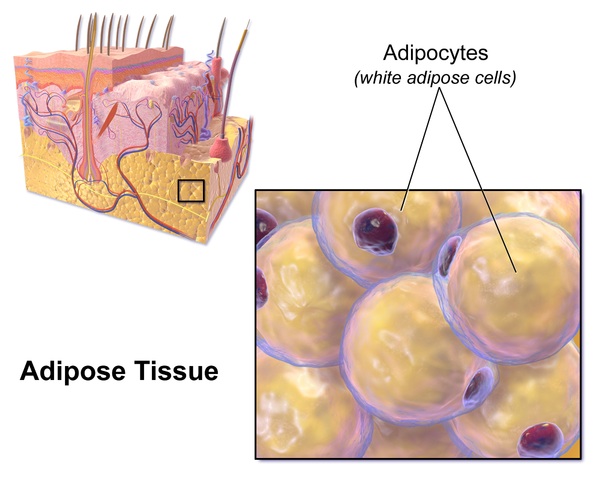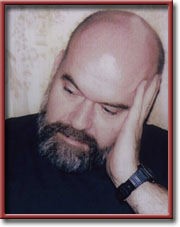PAR for Too Many Courses

“Eat all you want and not have to worry about . . . feeling subPAR? That may just be better than a hole in one.”—By Sanford Rose
Dolors & Sense
By Sanford Rose

 KISSIMMEE Florida—(Weekly Hubris)—4/28/2014—PAR for too many courses. This is not a story about golf, though it may be about golfers, especially the ones I encounter in my peregrinations around my retirement community.
KISSIMMEE Florida—(Weekly Hubris)—4/28/2014—PAR for too many courses. This is not a story about golf, though it may be about golfers, especially the ones I encounter in my peregrinations around my retirement community.
This is a story about the plight of those who sit down at table for too long and partake of too many courses.
These folk acquire the disease of obesity.
And it is a disease.
When we get fat, it’s generally not because we acquire more fat cells, at least not at first.
Rather, it is because those cells we have simply enlarge.
But, by a cruel twist of fate, the body’s vasculature does not keep pace.
So the ballooning fat cells are driven ever farther from the capillaries that would otherwise nourish them with oxygen-rich blood.
For example, the amount of dissolved oxygen in the upper arms of the obese is appreciably less than that in the arms of the lean.
Oxygen-deprived fat cells cry out in pain, and their calls are answered by the immune system, which pours in macrophages (literally, big eaters—that is, eaters of the cells destroyed in the bodies of those who eat big) and cytokines (cell messengers) to assist in wound-healing.
But all wound-healing starts with inflammation, so the obese body suffers from chronic low-grade inflammation.
What if there were a way to short-circuit the inflammatory cascade?
Better yet, what if there were a way to prevent its getting started?
As many readers are no doubt aware, a group of Australian scientists have recently identified a protein in obese abdomens that may be responsible for the bulk of the inflammation.
It is dubbed PAR 2 (quite a hole), otherwise known as Protease-Activated Receptor Number 2 (there are four of them).
PAR 2 appears to potentiate the activity of macrophages. It may also promote the growth of the tumor cells that eventually surface in the wake of protracted inflammation, providing a necessary link in the causal chain between obesity and cancer.
The cheering news is that the Australian scientists may have found a way to deactivate PAR 2 with another protein called GB88. When administered to obese lab rats, GB88 reversed the various consequences of this obesity: the diabetic among these rodents were cured; their inflammation subsided; and they did not progress to terminal heart disease.
They also lost weight, even on the diets that had previously fattened them.
Is it possible that we can remain at table as long as we like and still not put on the pounds that will eventually sicken us?
The identification of PAR 2 as key player in the fat-induced cascade of inflammatory reactions is big news in itself.
The discovery of a PAR 2 antidote, or antagonist, would prove little short of sensational (if these initial findings can be replicated).
Eat all you want and not have to worry about PAR and feeling subPAR?
That may just be better than a hole in one.